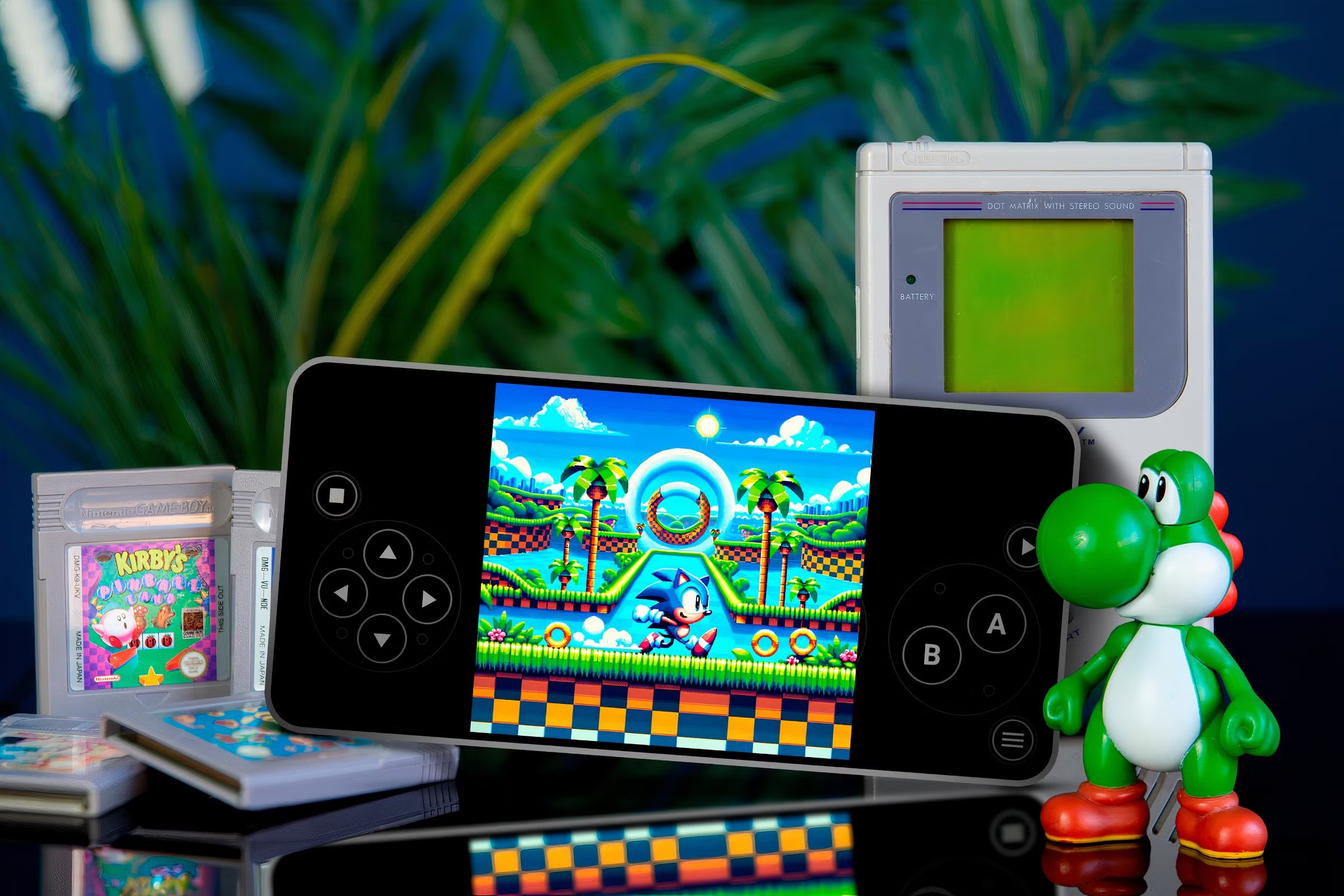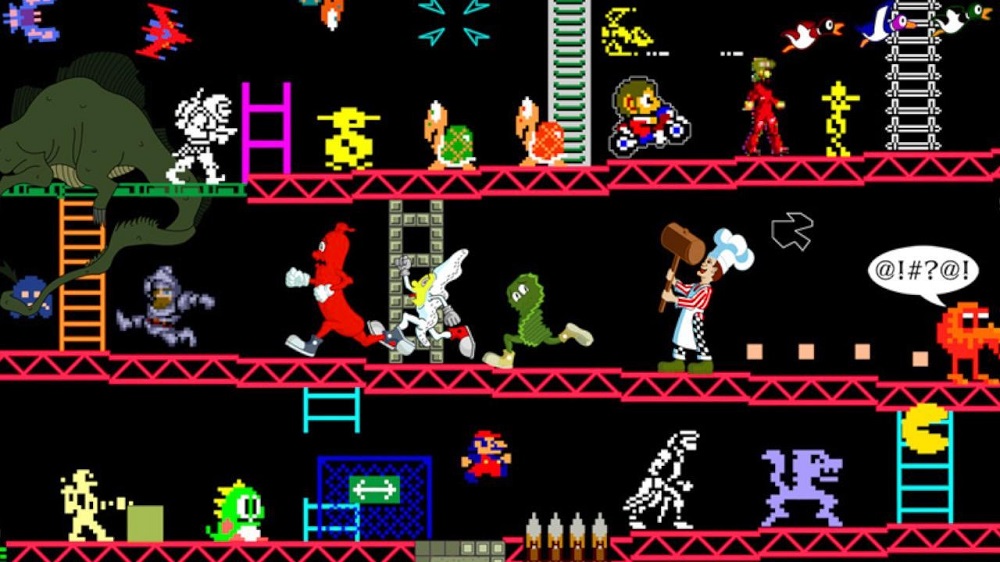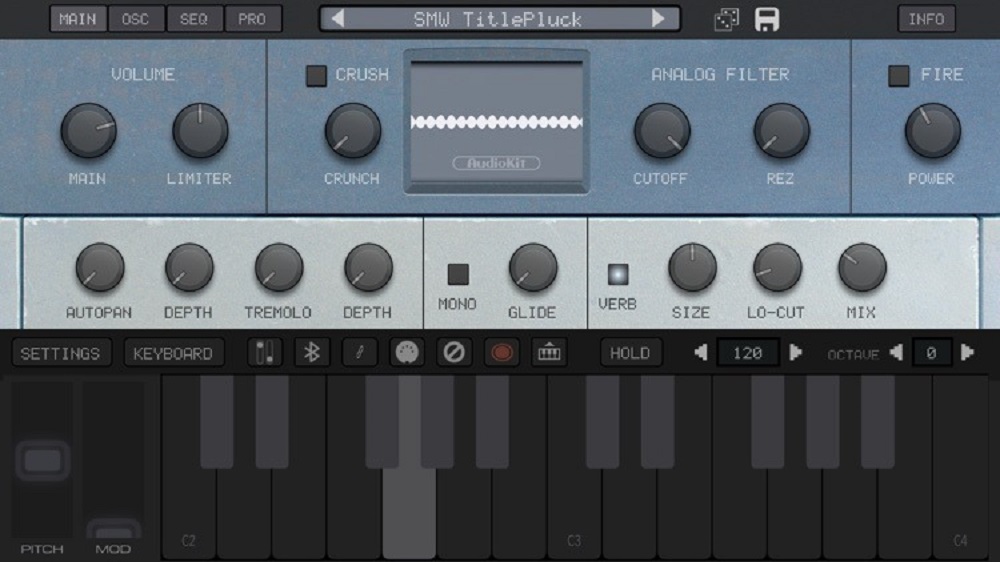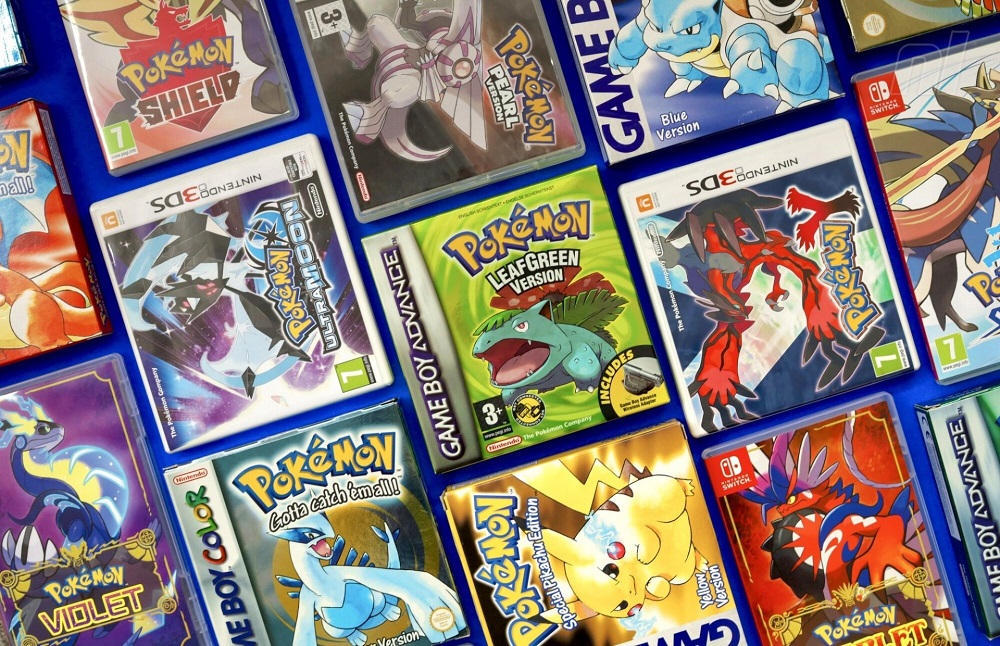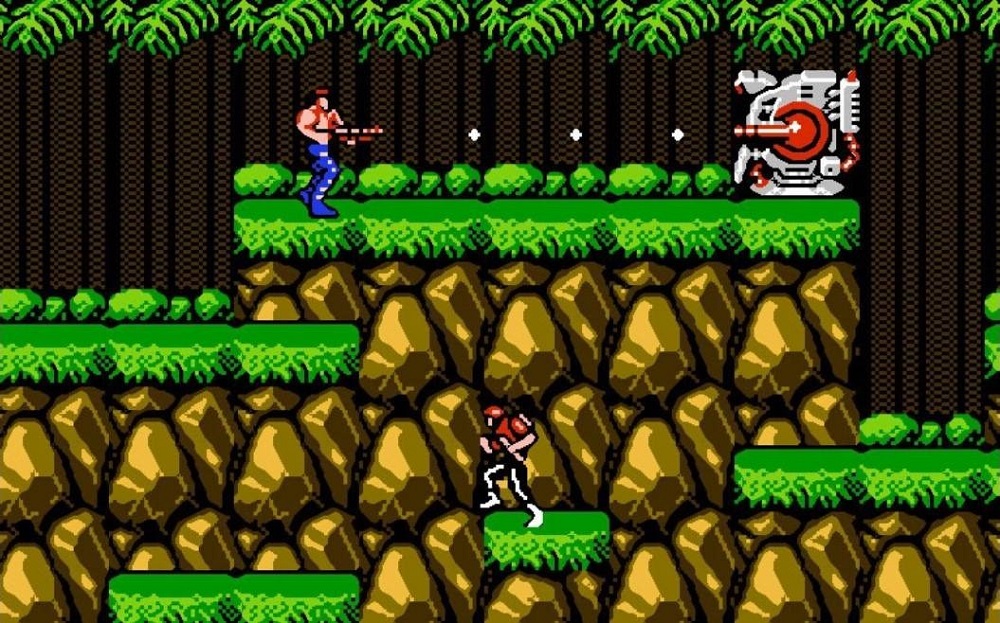For many retro gamers, preserving old consoles and cartridges is both a passion and a challenge. Hardware ages, discs degrade, and some rare titles are nearly impossible to find at a reasonable price. But there’s one technology that continues to keep the magic of vintage gaming alive for millions of fans worldwide—emulators.
In this deep dive, we explore what emulators are, how they work, their role in game preservation, and why they’ve become an essential tool for keeping retro gaming accessible to future generations.
From Hobbyist Projects to Gaming Lifelines
Emulators started as small, enthusiast-driven projects in the late 1990s. At first, they were seen as niche curiosities—often inaccurate, sometimes glitchy. Over time, advances in computing power and programming expertise transformed them into faithful, high-performance recreations of original hardware.
Today, emulators cover nearly every gaming system ever made—from early consoles like the Magnavox Odyssey and Atari 2600 to more modern classics like the PlayStation 2 and GameCube.
What Exactly Is an Emulator?
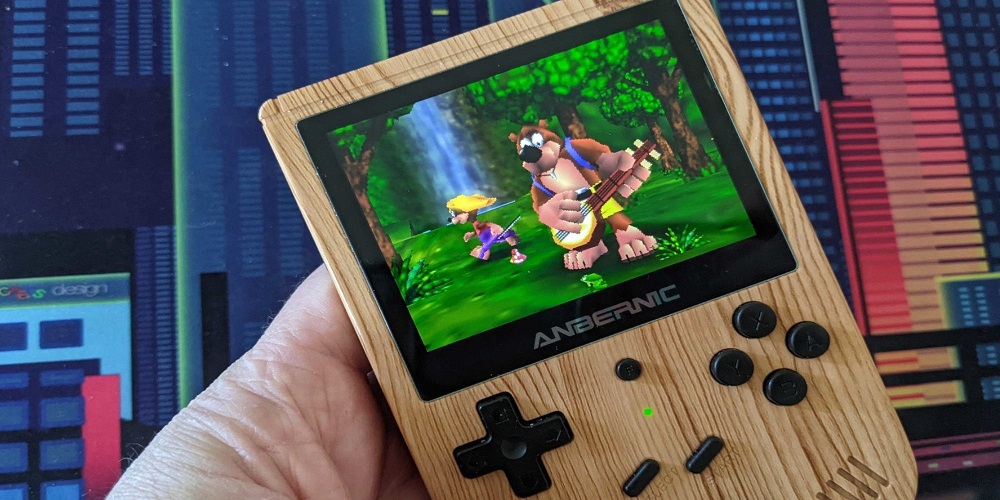
An emulator is software that mimics the hardware of a gaming system. Instead of using the original console, your PC, smartphone, or dedicated handheld runs code that behaves identically to the old hardware. This allows you to play games in their original form, sometimes with enhancements like higher resolutions, faster loading, or save states.
For example:
- RetroArch acts as a front-end for multiple emulation “cores” so you can play games from dozens of consoles in one app.
- PPSSPP specializes in PlayStation Portable games, offering crisp HD upscaling and customizable controls.
- Project64 runs Nintendo 64 titles with improved graphics and texture mods.
If you’re curious about how the N64 shaped gaming’s 3D era, see Nintendo 64 and the Leap to 3D Gaming.
Why Emulators Matter for Game Preservation
Original hardware is finite—capacitors fail, plastic yellows, and replacement parts can be scarce. Meanwhile, many retro games are out of print, locked away in private collections or priced at hundreds of dollars.
Emulators ensure:
- Historical preservation: Keeping software accessible even if the physical media disappears.
- Global access: Players worldwide can enjoy games without importing expensive hardware.
- Educational value: Developers and historians can study the evolution of game design and technology.
Without emulators, entire libraries of early gaming history could vanish.
Legal and Ethical Considerations
It’s impossible to talk about emulation without touching on legality. While emulators themselves are legal in most countries, downloading or distributing copyrighted game files (ROMs/ISOs) without permission is not.
However, there are legal ways to use emulators:
- Dump your own cartridges or discs using hardware tools.
- Play public domain or homebrew titles.
- Use official re-releases provided by publishers.
Oldies Nest strongly encourages supporting developers and rights holders whenever possible.
Enhancements Beyond Original Hardware
One of the reasons emulators remain popular is their ability to improve upon the original gaming experience:
- Save states: Save your game at any moment.
- Upscaling and shaders: Sharper visuals and CRT-style filters for authenticity.
- Fast-forwarding: Skip grinding sections in RPGs.
- Custom controllers: Use modern gamepads, keyboards, or even arcade sticks.
These features can breathe new life into classics—especially for players who grew up with the original limitations.
For the ultimate authentic look, see Why CRT TVs Still Matter for Retro Consoles.
Popular Emulators by Platform
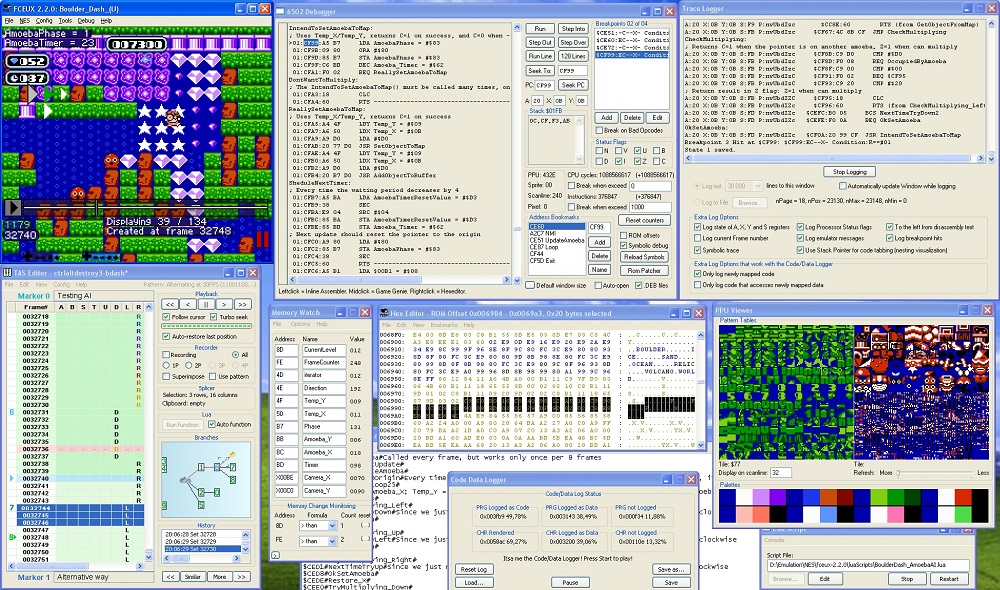
NES/SNES:
- FCEUX (NES)
- Snes9x (SNES)
Game Boy / Game Boy Advance:
- mGBA
- VisualBoyAdvance-M
Sega Genesis / Mega Drive:
- Kega Fusion
- Genesis Plus GX
PlayStation:
- ePSXe (PS1)
- PCSX2 (PS2)
Arcade Systems:
- MAME (Multiple Arcade Machine Emulator)
Dedicated Emulator Devices
Beyond PCs and smartphones, there’s a growing market for handhelds designed for emulation. Devices like the Anbernic RG35XX, Retroid Pocket, and Steam Deck allow gamers to carry thousands of retro titles anywhere.
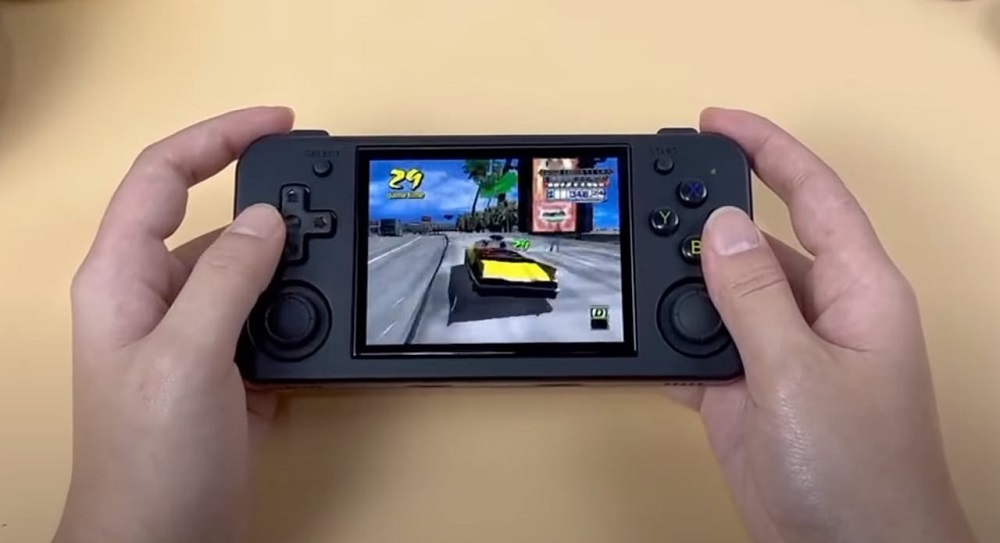
These gadgets often pair well with legally obtained ROMs, making retro gaming truly portable—similar in spirit to the rivalry between the PSP and Nintendo DS. (See Handheld Legends: PSP vs. Nintendo DS for more on that iconic battle.)
Emulators and Mini Consoles: Friends or Rivals?
Many official mini consoles—like the NES Classic or Sega Genesis Mini—actually use emulation under the hood. The difference is that they’re packaged and sold by the rights holders, with curated game libraries.
For some, buying a mini console is simpler. For others, building a custom emulator setup offers more flexibility and a larger library. Both methods serve the same purpose: keeping retro games alive for new audiences.
To explore more on mini consoles, check out The Comeback of Retro Consoles: Mini Versions Reviewed.
Challenges and the Future of Emulation
While emulation technology has advanced, challenges remain:
- Accurate preservation requires detailed hardware documentation, which isn’t always available.
- Performance demands increase with newer consoles like PS3 or Xbox 360.
- Legal pressure from publishers can limit emulator distribution.
Looking ahead, projects like MiSTer FPGA aim to achieve cycle-accurate hardware replication, offering the benefits of both physical and digital preservation.
Final Thoughts
From humble hobbyist projects to powerful preservation tools, emulators have earned their place in the retro gaming landscape. They are not replacements for original consoles, but they ensure that, no matter what happens to aging hardware, the joy of classic games will always be within reach.
Whether you’re exploring The Legend of Zelda on NES, racing in F-Zero on SNES, or revisiting Final Fantasy Tactics on PSP, emulation ensures that these experiences remain alive for generations to come.
Which emulator do you use most often, and why? Share your stories—we’d love to hear you!
